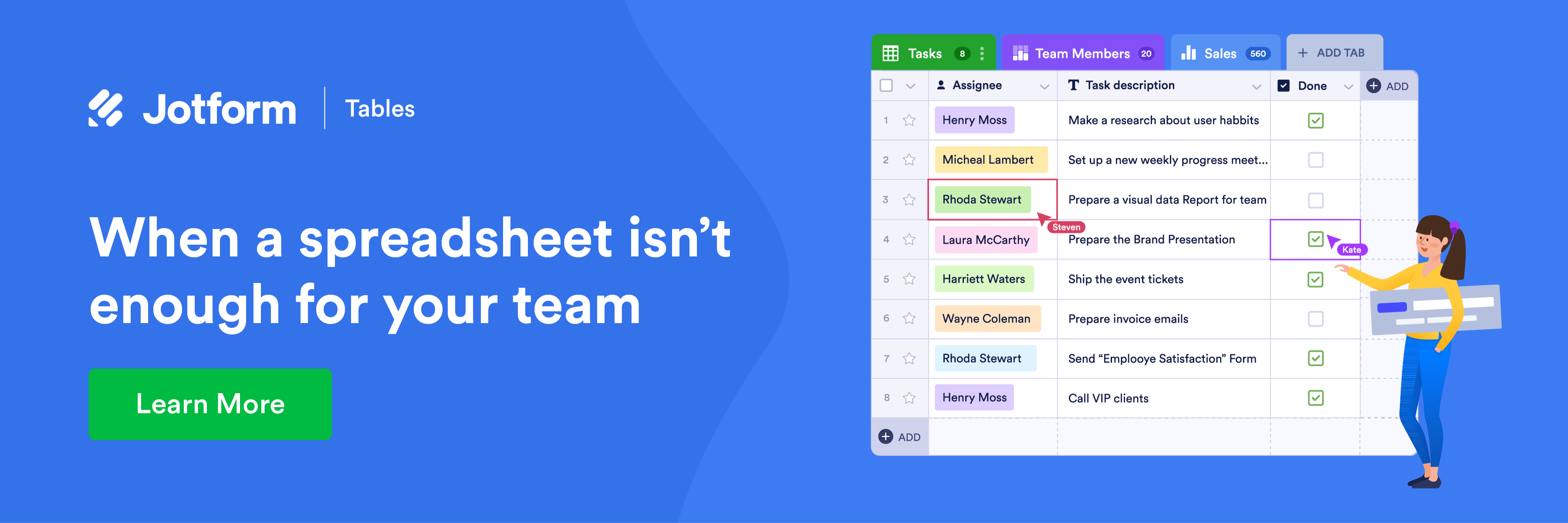There are two types of data, and depending on your goal, you’ll need to decide which type will best serve you. Are you looking for insights into how your sales changed after a new marketing campaign? Then you need quantitative data. What if you’re seeking insight into how your customers relate to your brand or if they’re likely to recommend your products? In that case, you need qualitative data.
There are big differences between qualitative and quantitative data, but. combined. they encompass the complex, challenging world of research. We’ll dissect both to explore their uses and determine which one you need and when.
Quantitative data
Quantitative data is structured, statistical, and well suited for data analysis because it’s measured in numbers and values. This type of data is obtained through tests, experiments, surveys, market reports, and metrics. It can answer closed-ended questions, such as “how many” or “how much.”
Here are examples of how quantitative data can give you the answers you seek:
Validating your hypothesis. Quantitative research provides you with numbers for the statistical analysis to validate or disprove your hypothesis. These numbers will reveal if the problem is real, and you’ll have findings you can present. If the results aren’t what you expected, you’ll still have a solid foundation for further qualitative research.
Conducting general surveys. Quantitative research is relatively straightforward simply because it’s easier to conduct a multiple-choice survey or a similar technique than hosting focus groups and conducting a series of interviews that yield qualitative data.
Focus on quantitative data if you’re looking for uncomplicated answers to broad questions. Do people prefer this soda over the competitor’s? Did you find this ad compelling? You can answer questions like these with quantitative data.
Dealing with discrete data. This data is finite and cannot be reduced into smaller parts. Examples of discrete data include the amount of traffic to your website last week, the amount you made in sales last month, or the salary you earned last year.
Working with continuous data. Continuous data fluctuates and it can be reduced into smaller parts. Examples include the speed of your commute in the morning, how long it takes to read a book, or your weight.
How to get quantitative data
Quantitative data is typically structured, such as the numbers and values found in spreadsheets. Getting consistent data that’s easy to analyze begins with asking the right questions and tracking the responses you receive. For example, avoid open-ended questions when surveying your customers about a new product, and instead ask yes-or-no questions or questions that can be answered by selecting responses from a list.
The question, “What did you think of our product?” may result in many similar answers, and some wild cards that are hard to quantify. It’s much easier to analyze the data you get from asking, “Did our product meet your expectations?” with a simple yes-or-no response.
For more accurate and trusted data, quantitative is the way to go.
Qualitative data
Qualitative data doesn’t yield hard numbers that can be graphed and charted easily, but this is the data you need to determine why a customer buys your product (or doesn’t). You can use it to categorize responses based on broader properties, attributes, and labels.
You get qualitative data by posing open-ended questions that result in further interpretations, hypotheses, and theories. Qualitative data tends to be more descriptive or deal with attributes that are categorical.
Here are examples of how qualitative data will probably serve you best:
Forming hypotheses. Before you can think about gathering numbers and statistics, you need to know what you’re supporting. Gathering detailed information on a topic through qualitative data can help you build a strong hypothesis. Your research can discover problems or opportunities, and then you can move forward collecting quantitative data to prove your findings.
Incorporating personal elements. Qualitative data is equally useful in the final stages of your project. Quotes and personal beliefs that you’ve obtained from qualitative research can provide valuable insight into the quantitative data you’ve collected.
How to get qualitative data
There are many techniques for obtaining relevant qualitative data. Keep in mind that it’s often useful to pair these approaches with quantitative data for comprehensive analysis. Here are some classic methods for gathering qualitative data:
- Interviews allow for further insight into your hypothesis with a one-on-one approach.
- Case studies are more in-depth and provide stories from consumers and clients.
- Focus groups let multiple people express their views and opinions on a product or topic.
- Open-ended survey questions allow respondents to express themselves freely.
- Observational research is beneficial for understanding people in their regular routines and seeing how they interact.
You can also obtain qualitative data by reviewing documents, audio/video recordings, symbols, and images.
Combining quantitative and qualitative research can provide well-rounded results based on both hard numbers and personal experiences. Start with a multiple-choice question, as mentioned above in the quantitative data section, and follow it up with an open-ended qualitative question that allows the respondent to express their opinions further. You’ll be rewarded with much deeper insights than if you relied on just one type of data.




































Send Comment: